Feel the need to speed? Don’t. More and more motorists feel they can push the speed limits to get where they need to go faster. This may seem fine, but is it worth a human life? Speed matters and reducing speed is one simple way drivers can make roads safer for everyone.
Speeding cars = accidents on the roads
According to the Canadian Association of Road Safety Professionals (CARSP) there is a link between vehicle speed and the possibility of an accident causing a crash.
Speeding or driving too fast for the conditions present on the roads, can cause drivers to lose control of their vehicle, prevent the car from stopping in time, and cause more serious injuries or fatalities if a crash occurs.
Traffic Calming Measures
To help prevent accidents from occurring, measures for managing speed, or countermeasures (road design, speed limit reductions, speed enforcement, and digital signs that display a driver’s speed) have been introduced to community roads. They are designed to make drivers reduce their speed while on the roads. In the City of Ottawa, these countermeasures include Temporary Traffic Calming, including
- Speed display devices (permanent or temporary)
- Pavement markings such as, but not limited to, speed limits, “School/École”, “Slow/Lent”
- Flexible centreline signage
- Cycling delineators
- Warranted Gateway Speed Limit Signs (40 km/h or 30 km/h)
- Community entrance signage
- Permanent “Slow Down for Us” signage
- Planters on local streets to create chicanes
- Flexible posts to create bulb outs or chicanes
- Warranted Pedestrian Crossovers (PXOs)
If a street is known for year-round speeding issues there is also Neighbourhood Traffic Calming measures, such as permanent speed bumps.
A divide between wanting and implementing safer roads
Canadians wanting safer roads versus getting Canadians on board with putting safety measures in place to achieve this goal is a problem all levels of government and organizations are trying to alleviate. A survey was conducted in 2021 which shared this discovery about these varying attitudes.
One of the steps necessary to bridge this divide is to get Canadian drivers to embrace the countermeasures being implemented to make roads safer for drivers and pedestrians.
Car accidents: They don’t always just happen on the road
Did you know, between 1989 and 2009, almost 9 000 pedestrians were killed, and hundreds of thousands were injured in Canada in road collisions? Why? Pedestrians are more likely to be killed and injured than other road users because they do not possess safety features to protect themselves.
The speed at which pedestrians are struck is a key factor in the seriousness of injuries they suffer. It was found that pedestrians have a 50% of surviving being struck at 40 km/h. Therefore, numerous communities have decided to reduce speeds on urban roads to 40 km/h.
Let’s pledge to do our part to make speed matter in our communities
Should you see speeding or stunt driving happen in your neighbourhood, call the non-emergency Ottawa Police Line at 613-236-1222, extension 7300 or file a report online. This information helps the police target trouble areas and can help the City determine what areas may be in need of speeding countermeasures.
It is vital for everyone, both motorists and pedestrians, to do their part where road safety is concerned. Help to make an impact in road safety in your community by taking the #RoadSMARTS pledge to start to change your road habits BEFORE a tragedy occurs. Visit www.ottawasafetycouncil.ca/road-smarts to see how you can do your part!
